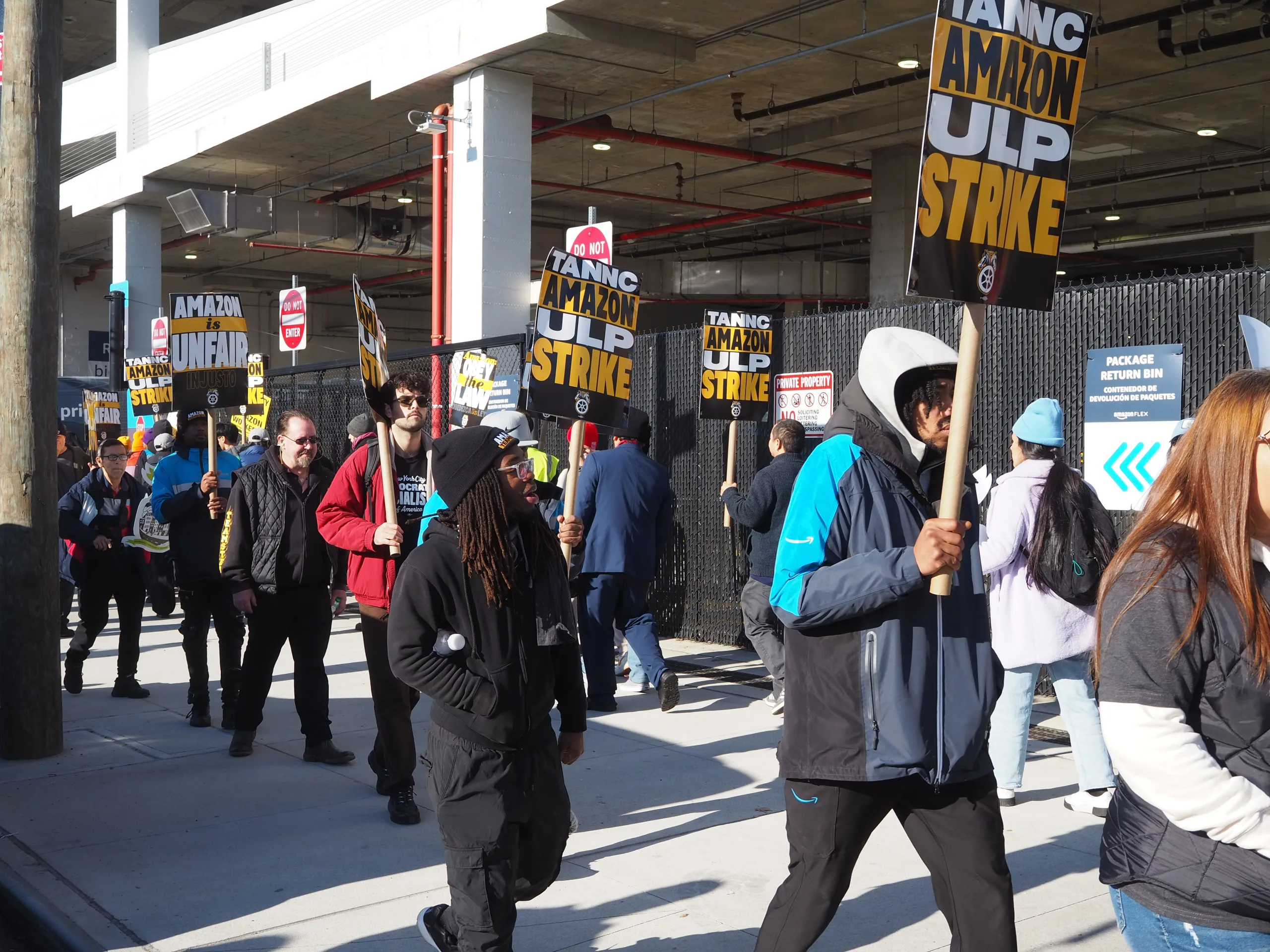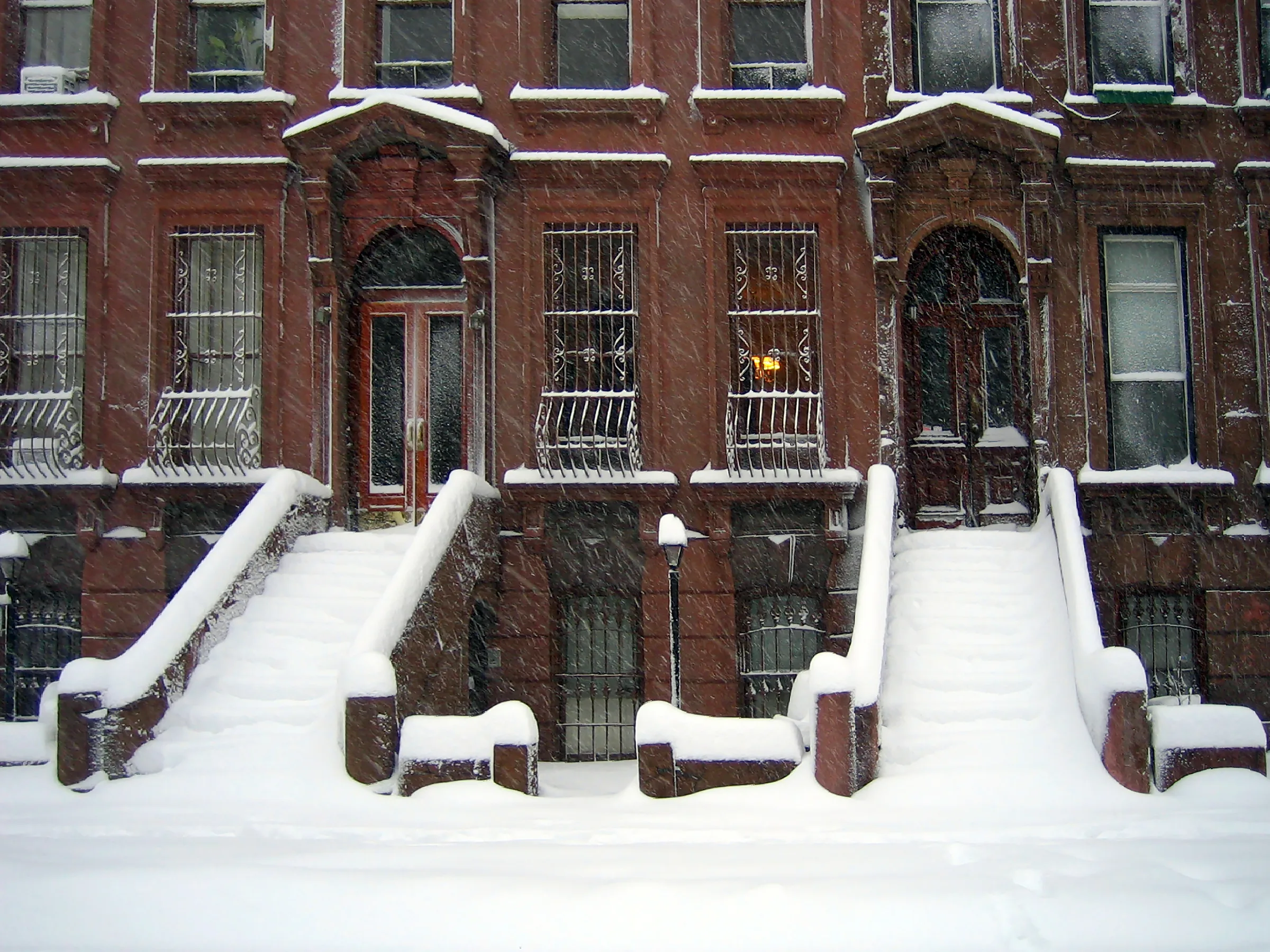The Sanctuary Movement started during the 1980s when Central American wars forced many people to flee their countries. Undocumented people, mostly from Guatemala and El Salvador, arrived in the United States and were threatened with removal by the Immigration and Naturalization Service. A network of religious congregations and other aid groups offered them sanctuary from deportation.
The Refugee Act of 1980 did offer protection to refugees who with “well-founded fear of persecution on account of race, religion, nationality, membership in a particular group or political opinion.” But despite ongoing violence in their home countries, Salvadorans and Guatemalans were labeled “economic migrants” by former President Ronald Reagan’s administration. Less than 3% of their asylum cases were granted in 1984. The Justice Department and INS also actively discouraged Salvadorans and Guatemalans from applying for political asylum, often pressuring them to agree to “voluntarily return” to their countries of origin.
At the sanctuary movement’s height in the mid-1980s, more than 150 religious congregations openly defied the government by refusing INS officials entry into places of worship. The Department of Justice retaliated, bringing criminal charges against two Texan activists in 1984 and another 71-count criminal conspiracy indictment against 16 U.S. and Mexican religious activists in January 1985. The Texas trials resulted in one conviction and one acquittal. All the Arizona defendants were convicted, but none were sentenced to jail time.














